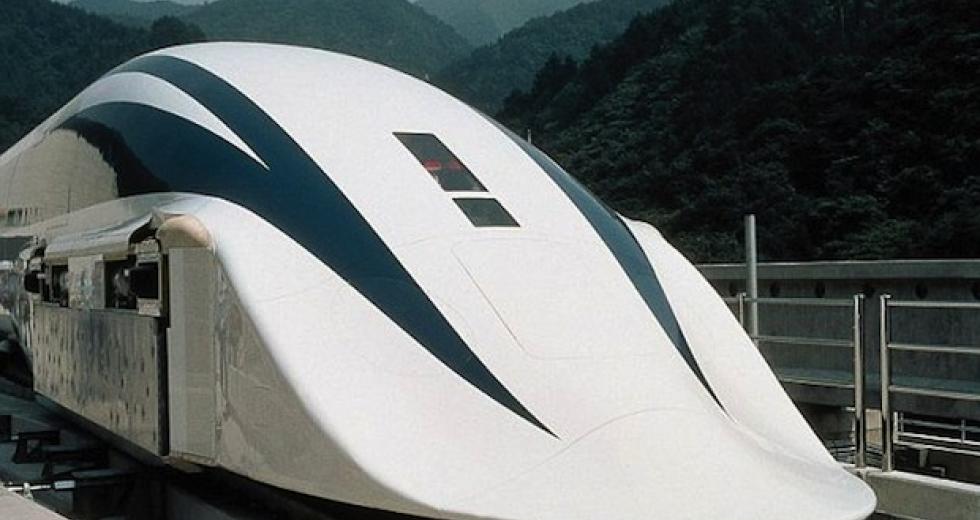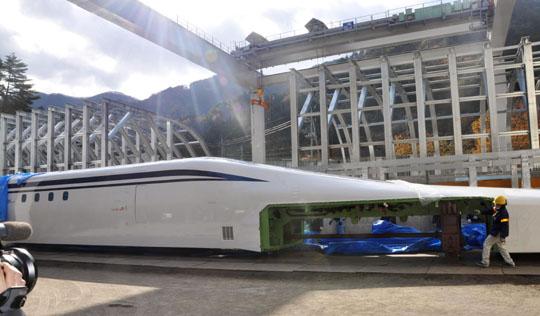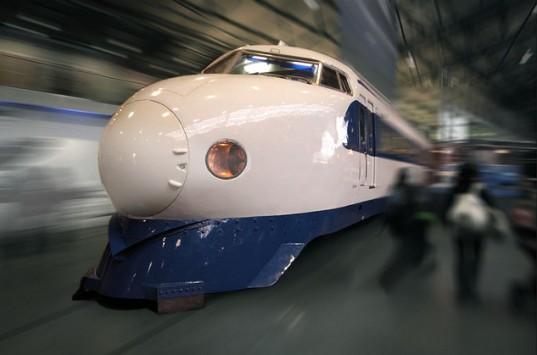
It is only a year since J.R. Tokai was given the go ahead to begin building work on its maglev railway, and already it has unveiled a prototype which will put the Bullet Train to shame.

Unveiled today, the new train will travel at up to 311mph, which will cut the travel time for the 160 mile trip from Tokyo to Nagoya from the already speedy 90 minutes, to just 40. The train is designed to include to 16 carriages, holding 1000 passengers.
The new train will be transferred to Tokai's test line at Tsuru next year, once and extension to the test line is completed.
The train is expected to go into service by 2027, with an extension of the line to Osaka opening in 2045.
Also announced today was the new E6 series Bullet Train, which will be known as the Super Komachi. Built by the East Japan Railway Company, the E6 will service the Tokyo-Akita route, with a top speed of over 180mph.

In the meantime, with millions of people staring at a future of unemployment or coffee serving, Britain's infrastructure continues to collapse with hospitals, power stations and roads falling into ever more serious states of disrepair or obsolescence.
As for our railways, they are increasingly incapable of coping with the whims of nature; the latest example being the Plymouth to Bristol line, still closed over a week after the recent floods.
While Japan joins China in the development of maglev, Britain runs at full speed towards an ever more pessimistic future. The irony is, that the mess we are in right now offers us the greatest opportunity for optimism that we have seen since the end of WWII.
A massive infrastructure building and refurbishment programme, financed by national credit, driving an industry base not seen for decades, could, if we have the guts to demand it, provide all the high quality, long term jobs we could wish for.

